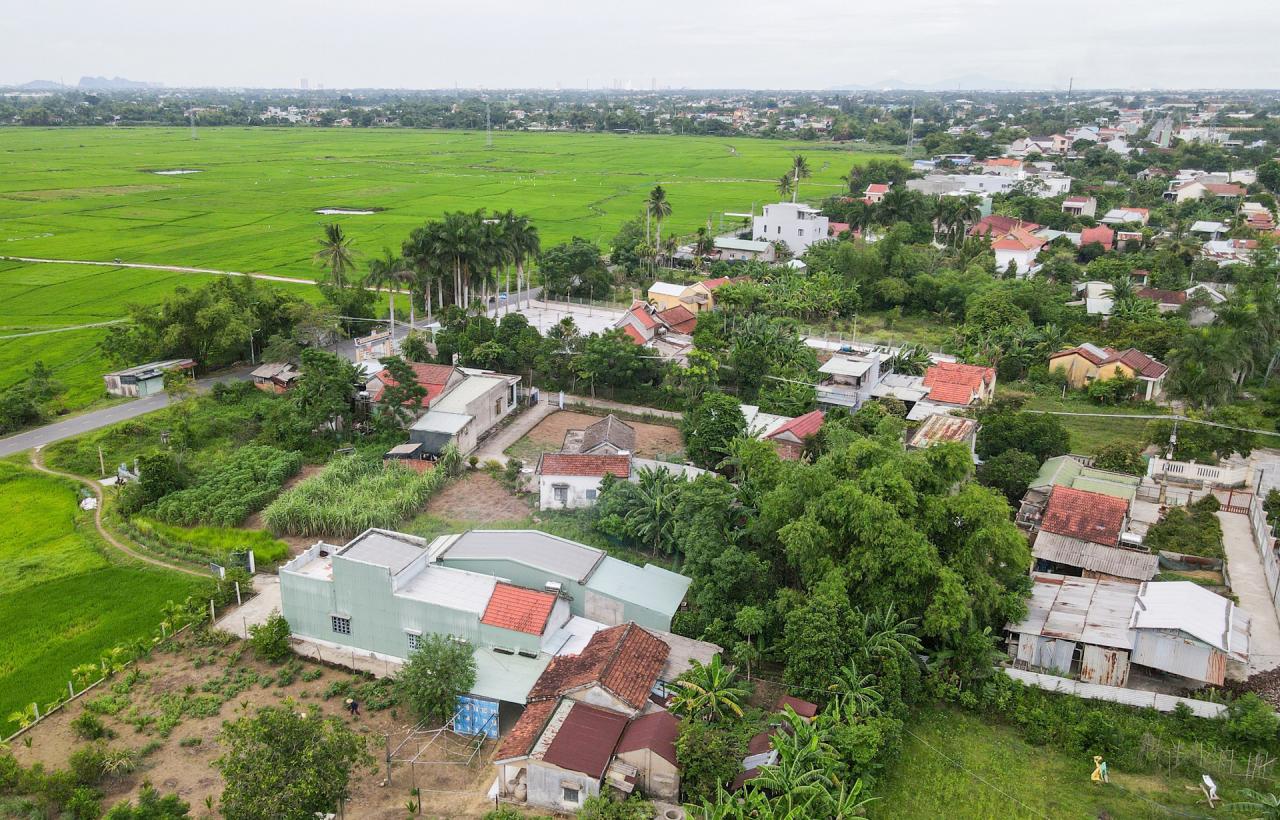
Dien Hoa Fire Pan
The vestiges of war now lie quietly under the trees, in the gardens, under the bustling life that is spreading throughout the villages of Dien Hoa commune (Dien Ban town). However, the memories of the glorious years are still there, in the hearts of those who went through the war.
In July, I returned to Bung hamlet and met Mr. Tran Van Chuan (71 years old, former Standing Deputy Secretary of Dien Ban District Party Committee) at the introduction of the local government, a living witness of Dien Hoa land during the period of fighting against American imperialism and its henchmen.
The house where Mr. Chuan lives is located in Trang Nhat area, which used to be the military base of the imperialists and colonialists during the Vietnam War.
In Trang Nhat, the US imperialists and their henchmen built a solid base, with a battalion and a helicopter squadron of the enemy stationed there to carry out repression of the people, search for guerrillas and soldiers operating in the area bordering Da Nang City.
It is no coincidence that the enemy always attaches importance to Trang Nhat. This is a high area, where one can easily observe a large area from National Highway 1 stretching up to Dien Hoa, connecting with Bo Bo base (in Dien Tien commune) from above, creating a solid defensive wall.
Dien Hoa area is also the place where many revolutionaries and main units of localities in Da Nang City retreated to operate; it is the road connecting to the rear, the revolutionary base of our army in the mountainous areas of Duy Xuyen and Que Son districts.
“Since 1967, the US imperialists began to gather people, using bulldozers to bulldoze Bung, Dong, and Phuong hamlets. A large, green area suddenly became a wasteland, with burnt grass and no roofs left. Any activity of the people, guerrillas, or soldiers passing through this area could not escape the enemy’s eyes,” Mr. Chuan said.
Every day, before the search, the enemy began to bomb from Trang Nhat base in all directions to threaten the people and guerrillas. Then, helicopters hovered in the sky, the enemy marched on the ground, and rushed into the village, closing off every corner. Countless tons of bombs were dropped, the already sparsely populated area of Bung hamlet up to Bich Bac became even more deserted.
In 1968, the US imperialists began to set up the McNamara electronic fence – an initiative of the then US Secretary of Defense, Robert McNamara. This deadly fence stretched from Dien Tien to Dien Thang to protect the safety of Da Nang City.
The fence consists of two parallel rows of barbed wire, 100m apart. Inside are 12 rows of mines, including LH14 rip mines and 3-pronged mines. Every 1km there is a guard post. Within a 2km radius on both sides of the fence there are no houses or bushes. Anyone passing within this range will be shot.
Indomitable spirit
Despite being oppressed and threatened by the enemy, generations of fathers and sons in Dien Hoa continued to take up arms to fight the enemy. Mr. Chuan was no exception. As a child, he and his friends in the village herded buffaloes, listened to news of the enemy and reported it to the guerrillas.
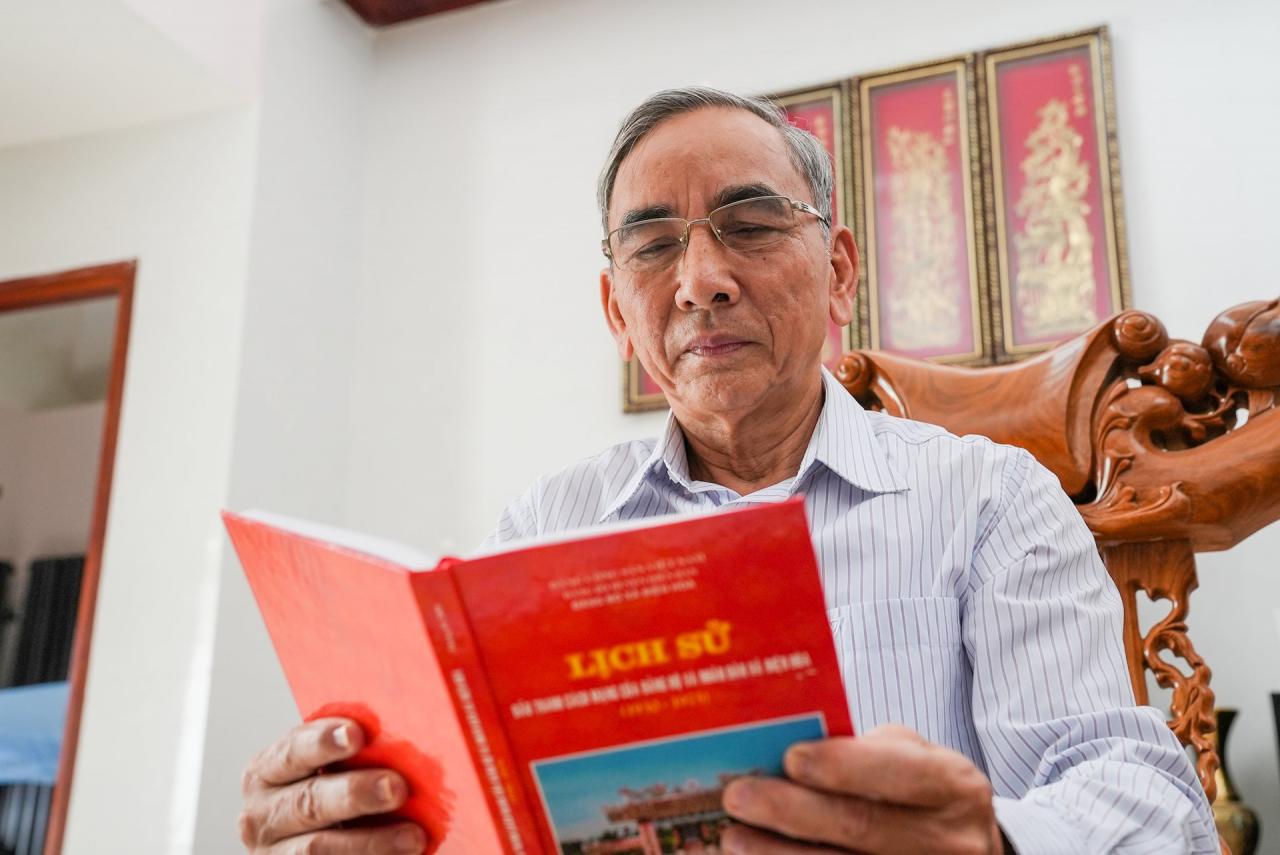
Occasionally, he would steal guns and grenades from the enemy and hand them over to the local authorities to increase firepower in battles. In 1970, when he was only 16 years old, the gun on his back still touching the ground, Mr. Chuan followed the call of the Fatherland, escaped, and joined the local guerrillas.
Mr. Chuan said, there were not many guns and ammunition, so they mainly robbed the enemy and then fought back. The enemy was numerous, and the guerrillas operated in small groups, but in ambush battles, they aimed straight at the enemy and shot. There were victories, and there were times when they were suppressed by enemy fire, and there were many casualties, but no one was discouraged, and their hatred for the enemy grew even stronger.
“From 1967 onwards, revolutionary activities were very difficult. Villages were being leveled every day, and guerrillas could only hide in bunkers dug under banana bushes, burnt grass fields or under railway tracks…
During the rainy season, if we couldn’t hide in the tunnels, we would go down to Highway 1, then go around to get over the electronic fence, and take shelter in Ha Tay village or up to Bich Bac village. When the enemy came to search, we would hide on the roofs, on the riverbanks… Luckily, the guerrillas were protected and sheltered by the villagers. Many people who were held captive in the concentration camps still found a way to escape and return to their villages to become revolutionary bases,” said Mr. Chuan.
Typical of the indomitable spirit of cadres, guerrillas and people was the destruction of the American electronic fence. According to the book “History of the revolutionary struggle of the Party Committee and people of Dien Hoa commune (1030 - 1976)”, the enemy attacked during the day and we destroyed at night.
At night, taking advantage of the gaps in the American planes and patrol vehicles, local guerrillas moved in to dismantle the fence, forcing the enemy to re-fence it many times without success. One night, the guerrillas broke through 500m of fence and removed hundreds of mines.
When they learned about the enemy's patrol habits, the guerrillas even removed mines during the day and dug shelters right under the fences. The guerrillas used the mines they removed to set traps and destroy the enemy.
During those years, local guerrillas destroyed 4 bulldozers, 200 American and puppet soldiers, and captured hundreds of enemy grenades and mines. From 1970 onwards, the enemy was almost helpless in their efforts to maintain the fence.
The resounding battles
In late 1969, the US and puppets gradually switched to the tactic of raiding by aircraft (also known as spy boats, search boats, dipper boats). Wherever they found cadres, soldiers, guerrillas... the enemy fired fierce rockets, then sent planes to swoop in, drop soldiers, and round up and arrest people.
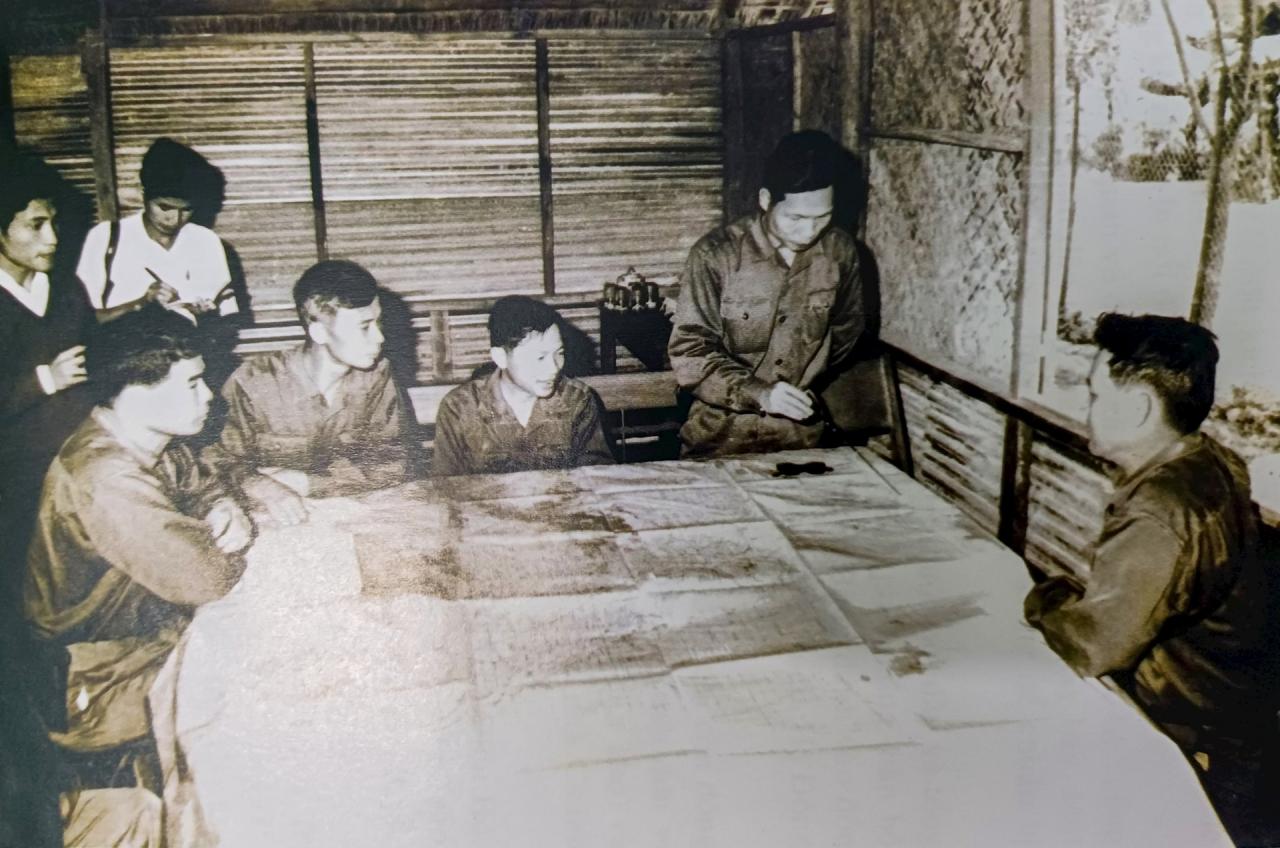
The sky is filled with the sound of planes. Search ships operate at night from 5pm to 6am the next morning; dipper ships operate from 5am to 5pm.
To thwart the US plan to use aircraft, in late 1971, Dien Hoa guerrillas shot down an American junk in Quang Hien village. In 1972, Dien Hoa armed forces continued to shoot down four enemy HU1A helicopters. From then on, enemy aircraft did not dare to act recklessly and openly hunt down soldiers and guerrillas in this area.
In mid-1974, the puppet army frequently entered Bung hamlet to rob and rape women. Mr. Tran Van Chuan, then the village leader, was determined to stop these bandits.
Mr. Chuan arranged a squad, divided into 3 wings, to ambush at Ba Tinh culvert. Unexpectedly, when the insurgents from Trang Nhat came up, behind them was the enemy's 3rd Division, which had been defeated in Que Son, also returning to Dien Hoa at that time.
Both sides opened fire, the guerrillas killed 2 enemies and wounded 3. Unfortunately, Mr. Chuan and 2 guerrillas were wounded, and then 1 guerrillas died. Due to the injuries and the large enemy force, the squad had to retreat. After that ambush, the puppet army did not dare to enter the village to destroy or plunder, bringing excitement to the people...
It is impossible to recount all the heroic battles and the bloodshed on the fiery journey of Dien Hoa land. We only know that hardships have forged the will and mettle of steadfast people, wholeheartedly devoted to the revolution. And they are an important factor in the journey of land reclamation, mine clearance, etc., to bring green back to the homeland.
--------------------------
Final Post: Stop the White Belt
Source: https://baoquangnam.vn/tro-lai-nhung-vung-dat-lua-bai-2-dat-thep-duoi-mua-bom-3138427.html


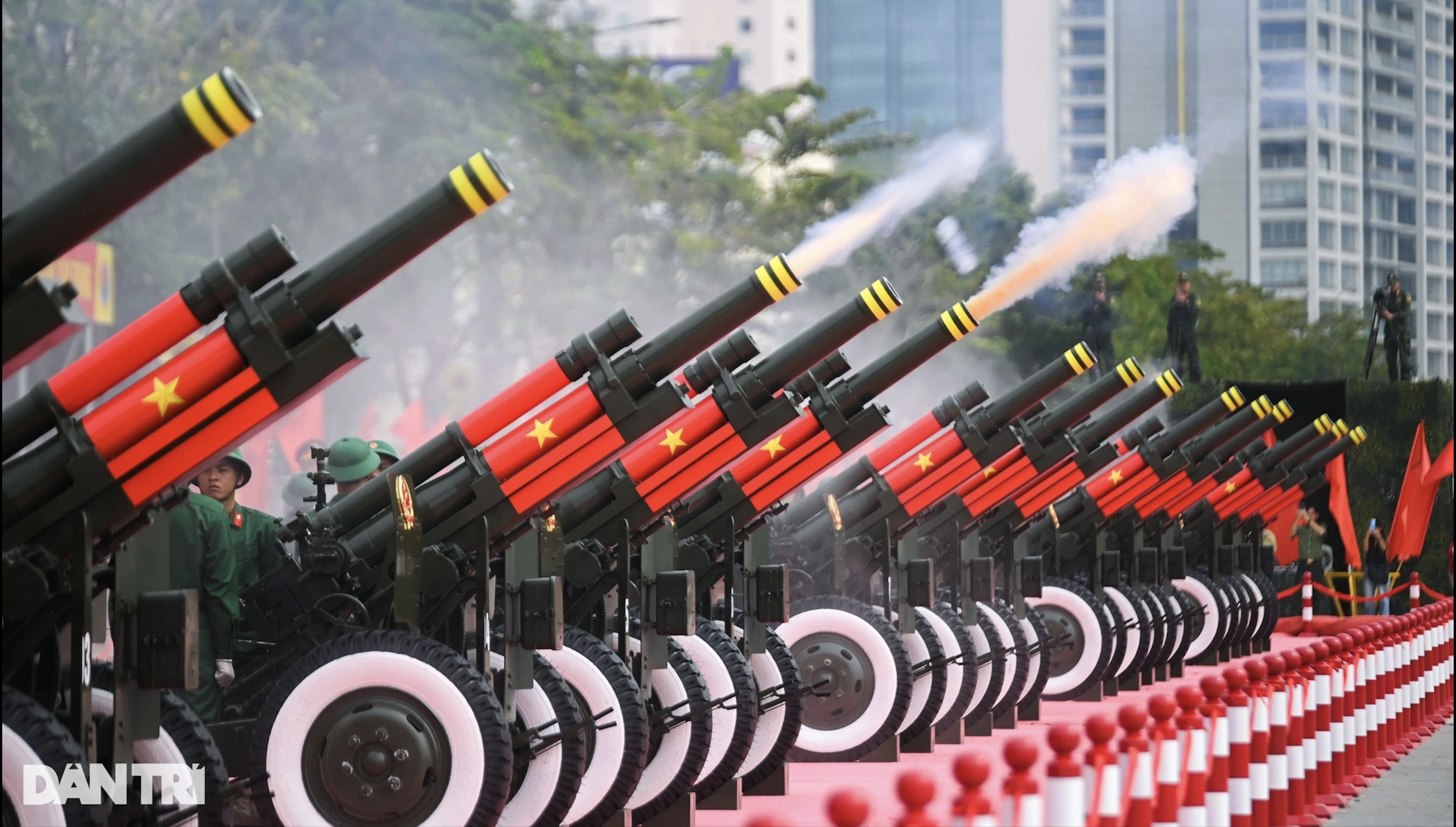
![[Photo] Visiting Cu Chi Tunnels - a heroic underground feat](https://vstatic.vietnam.vn/vietnam/resource/IMAGE/2025/4/8/06cb489403514b878768dd7262daba0b)


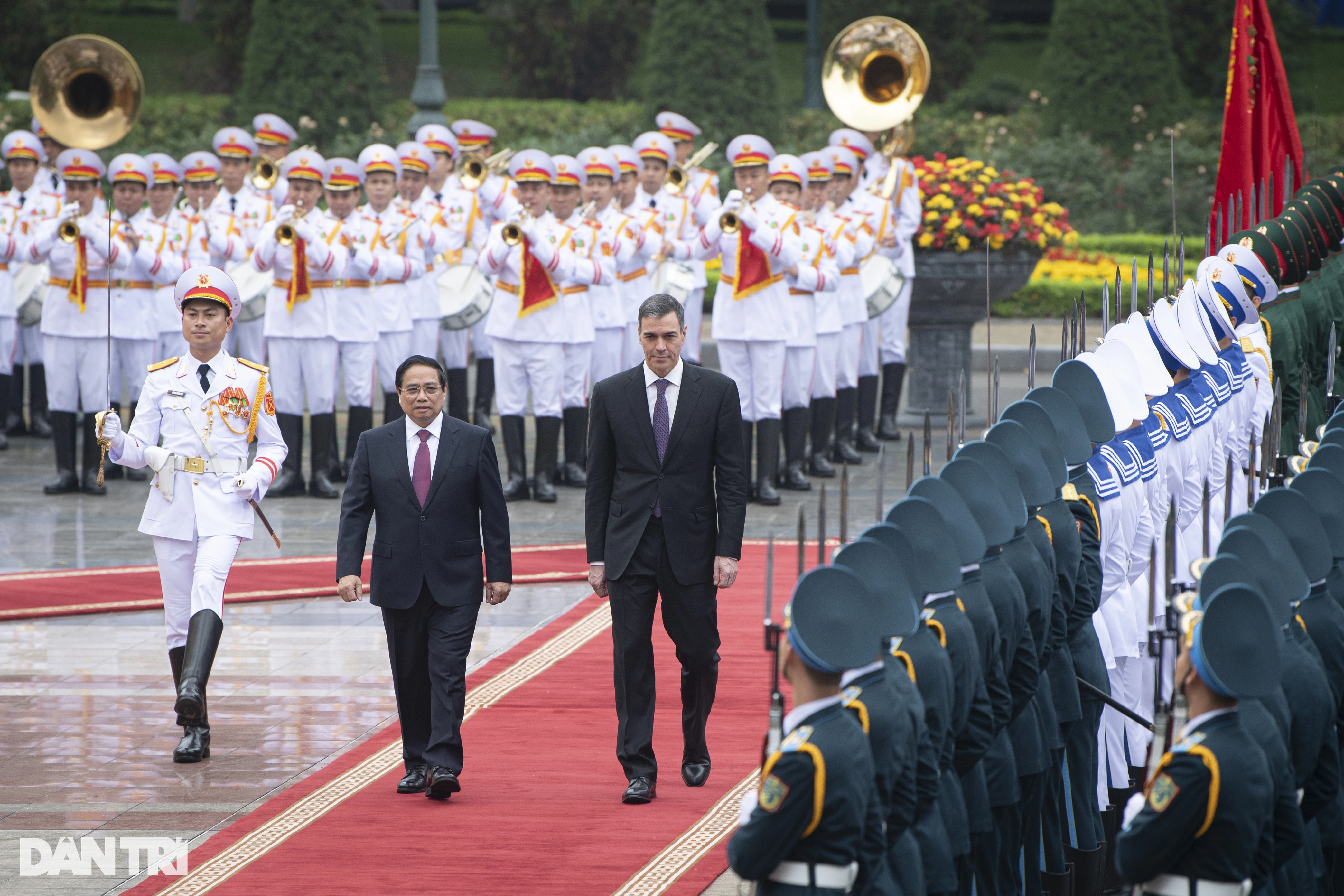

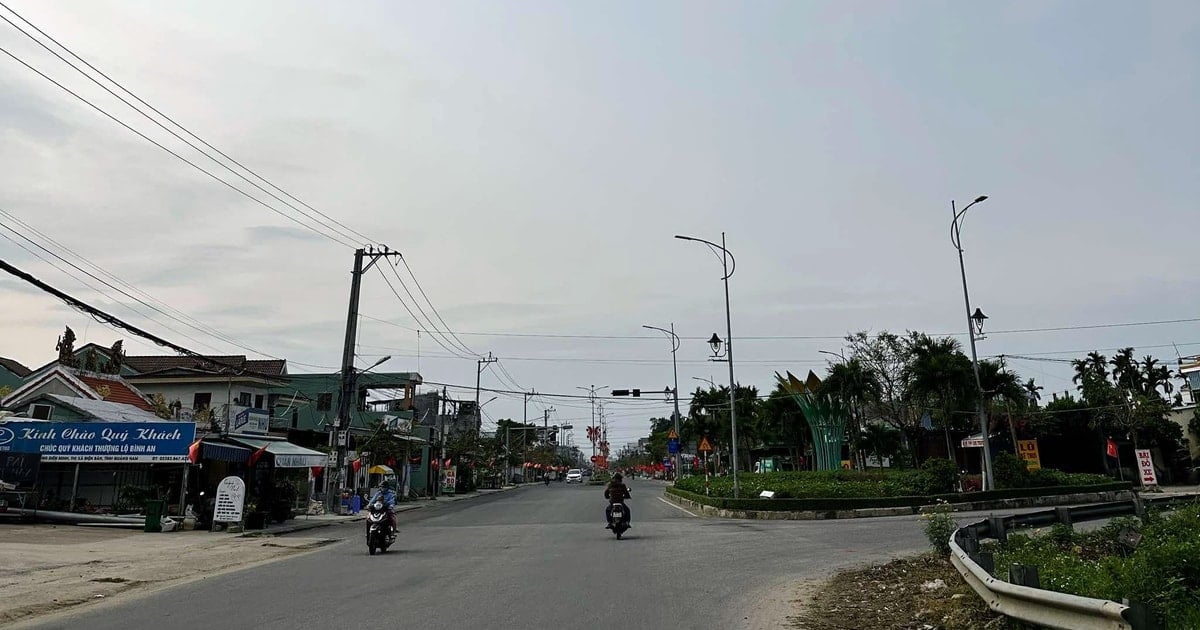
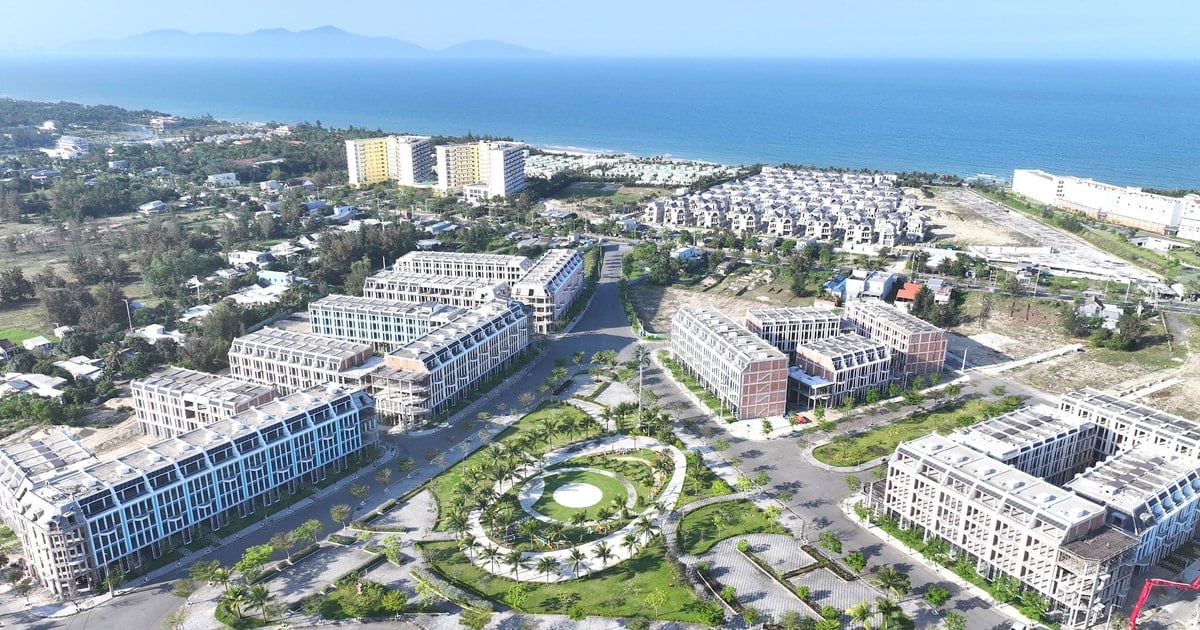
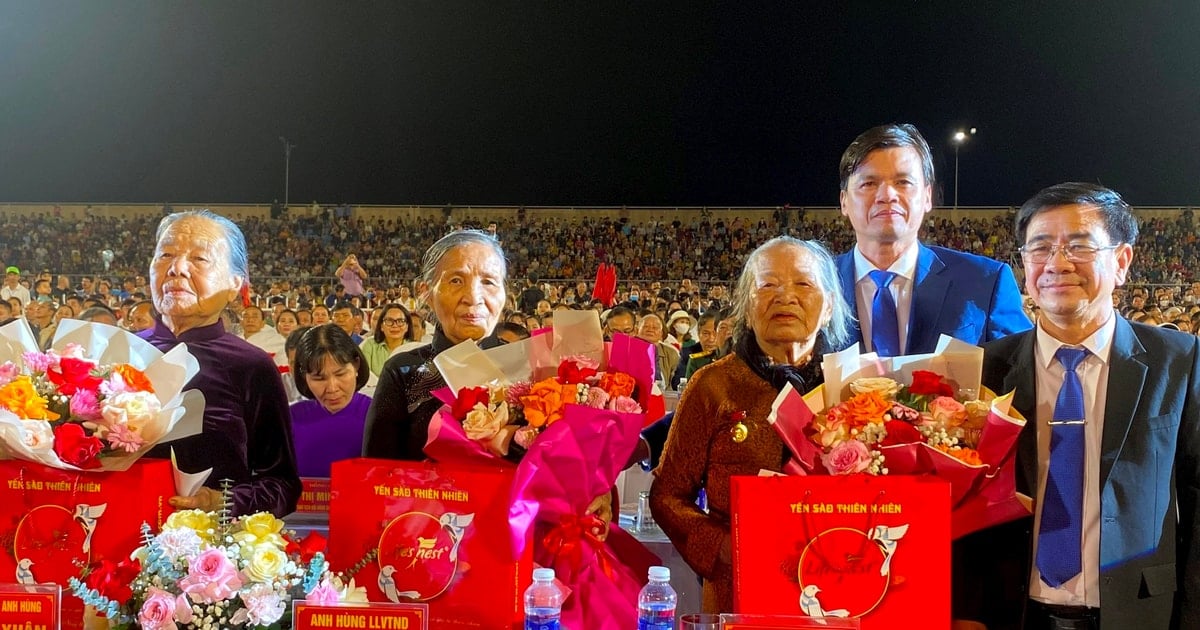
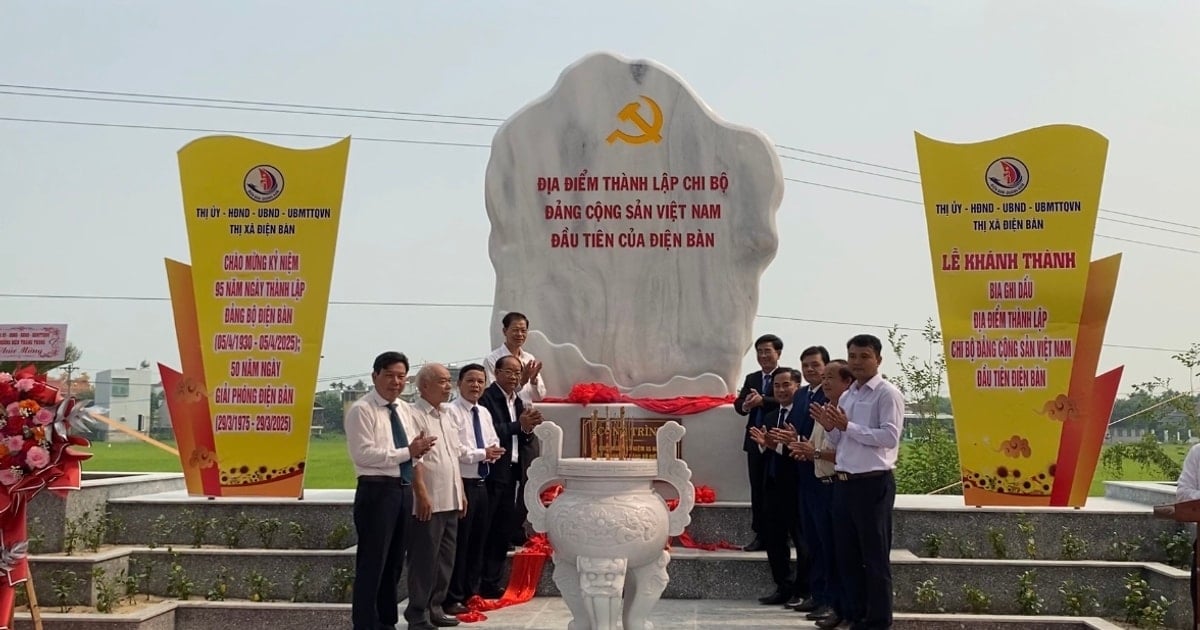
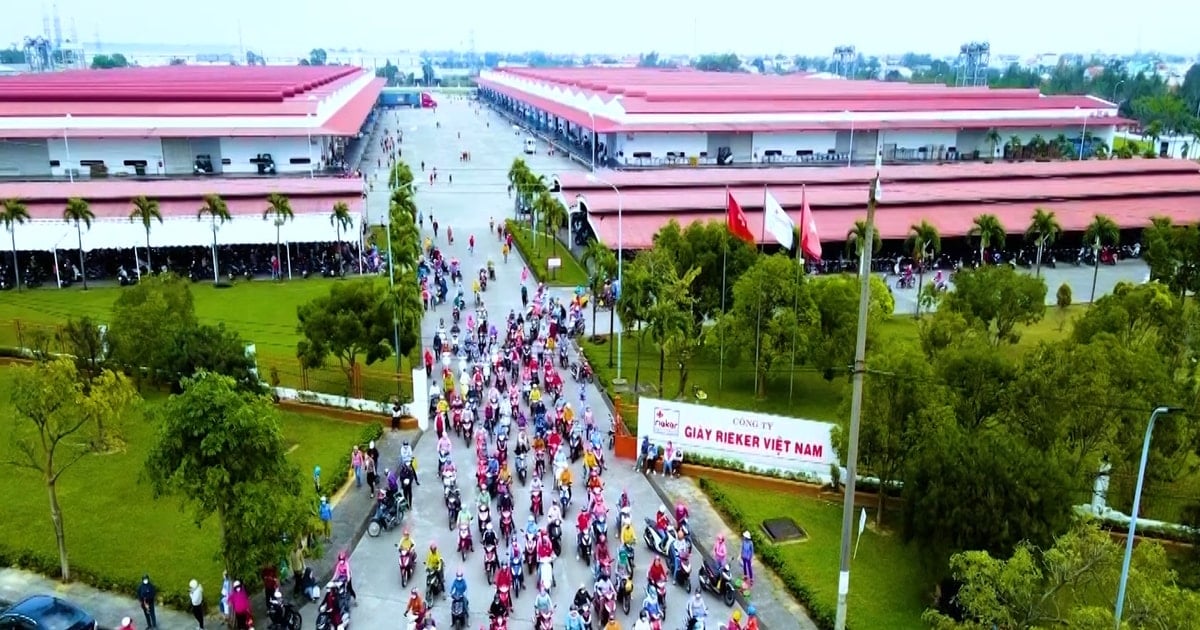
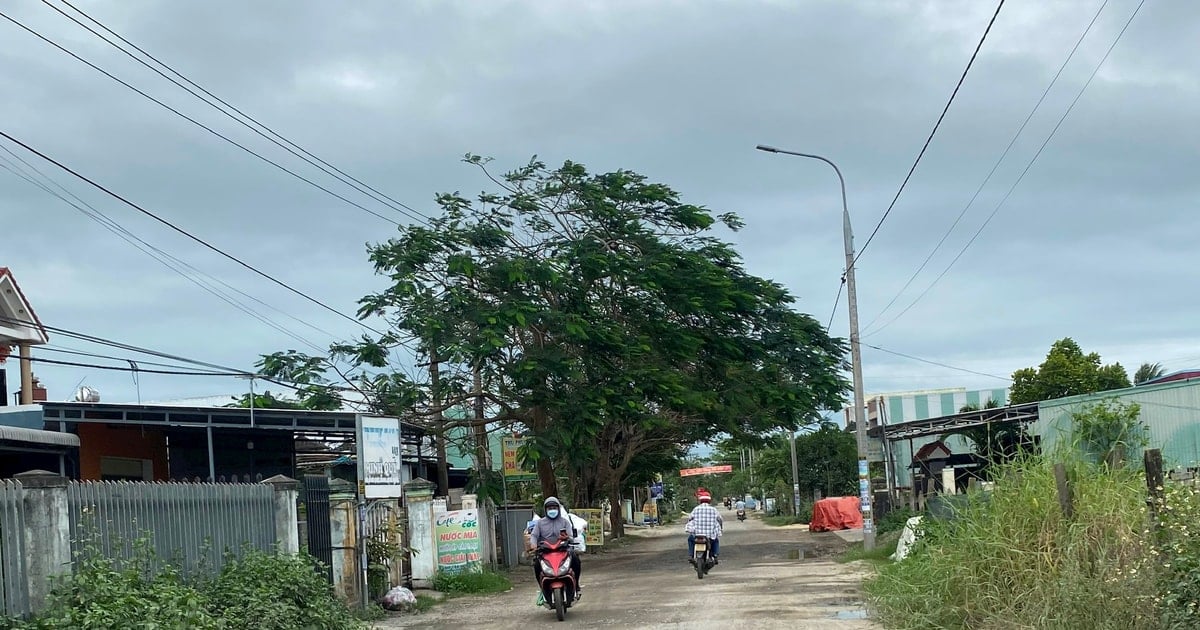
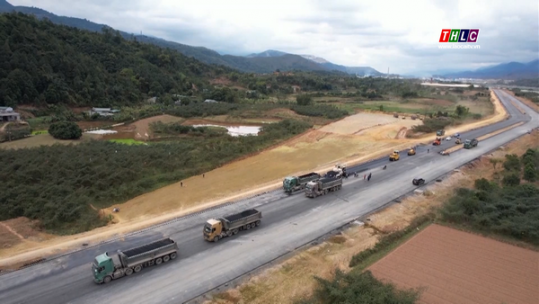

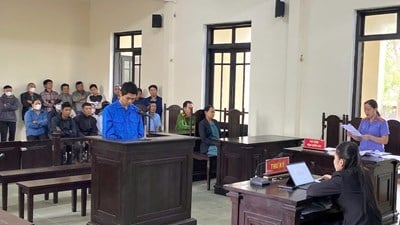




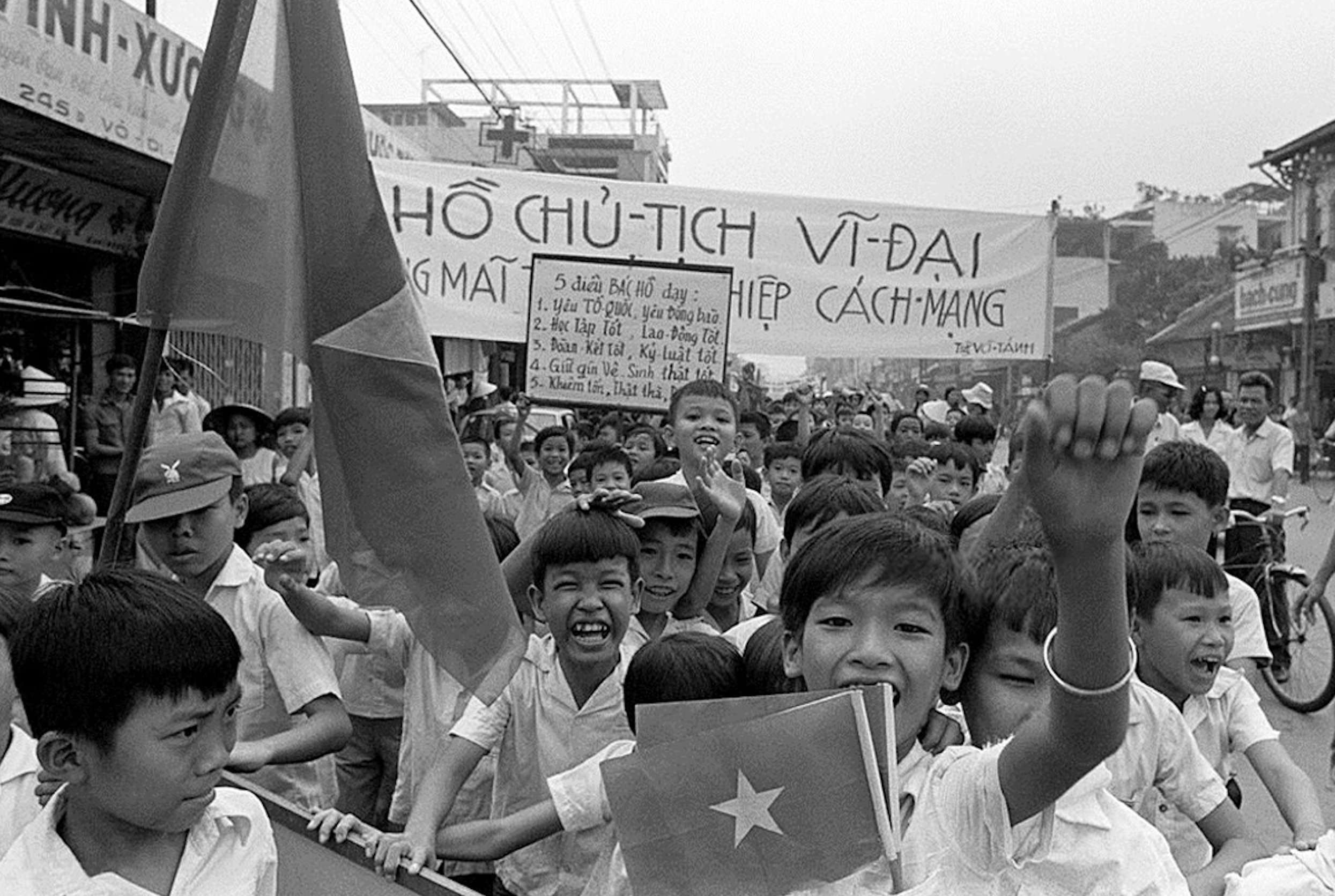
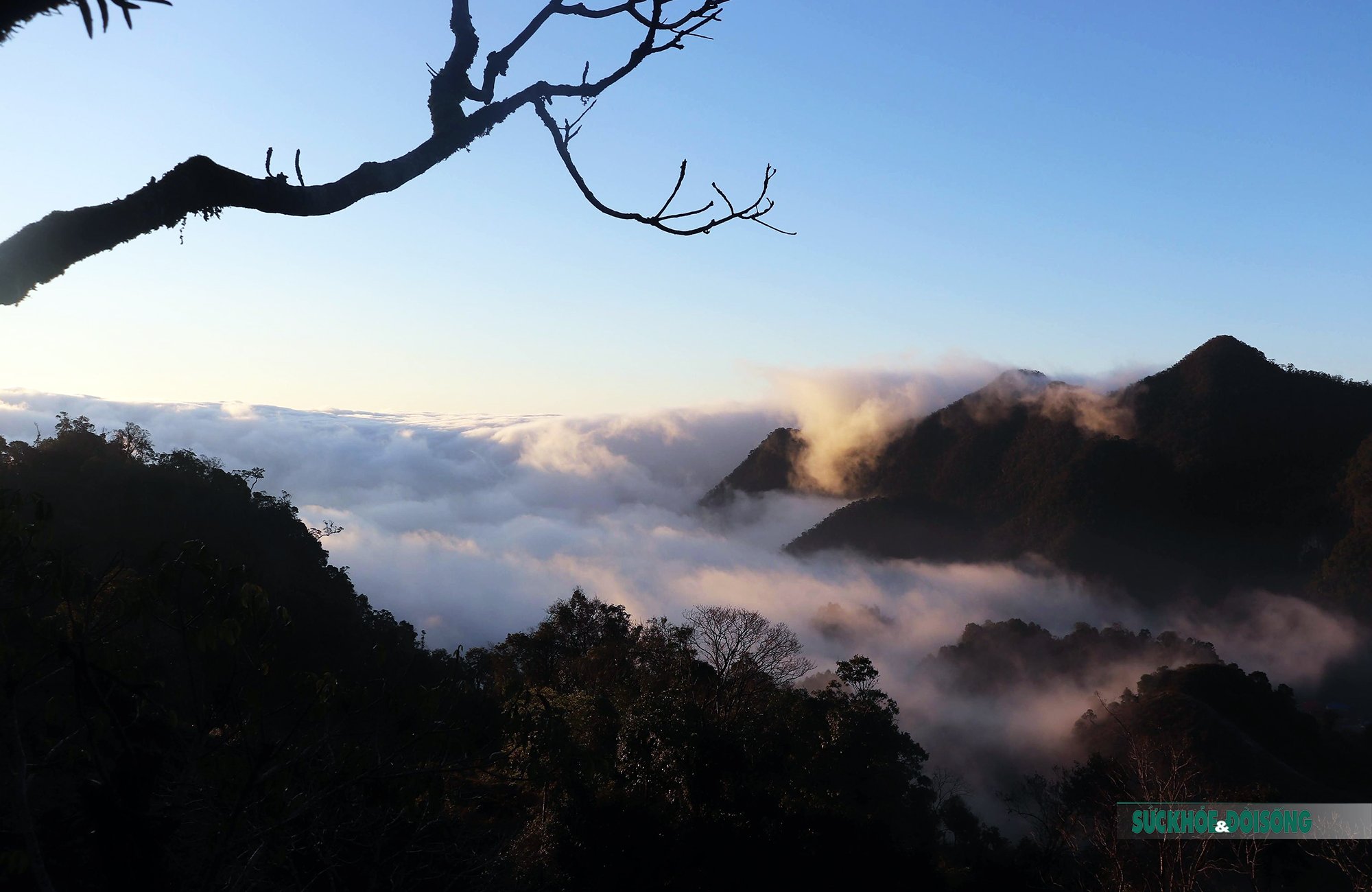




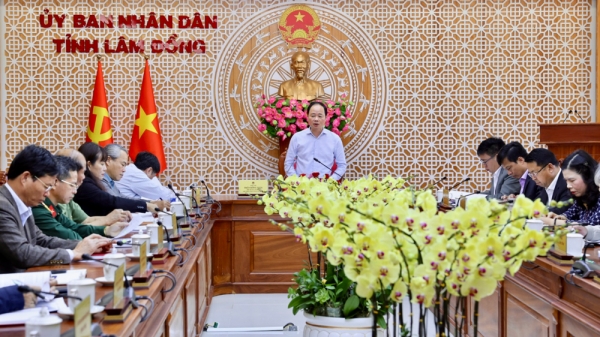
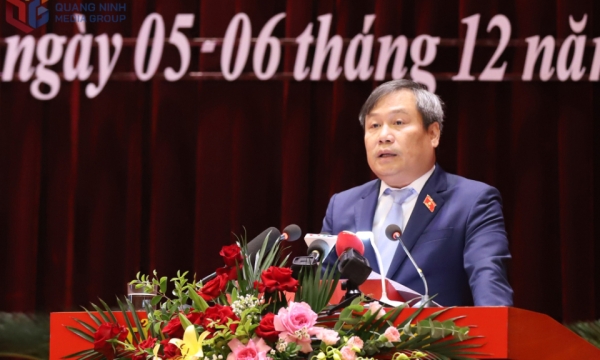
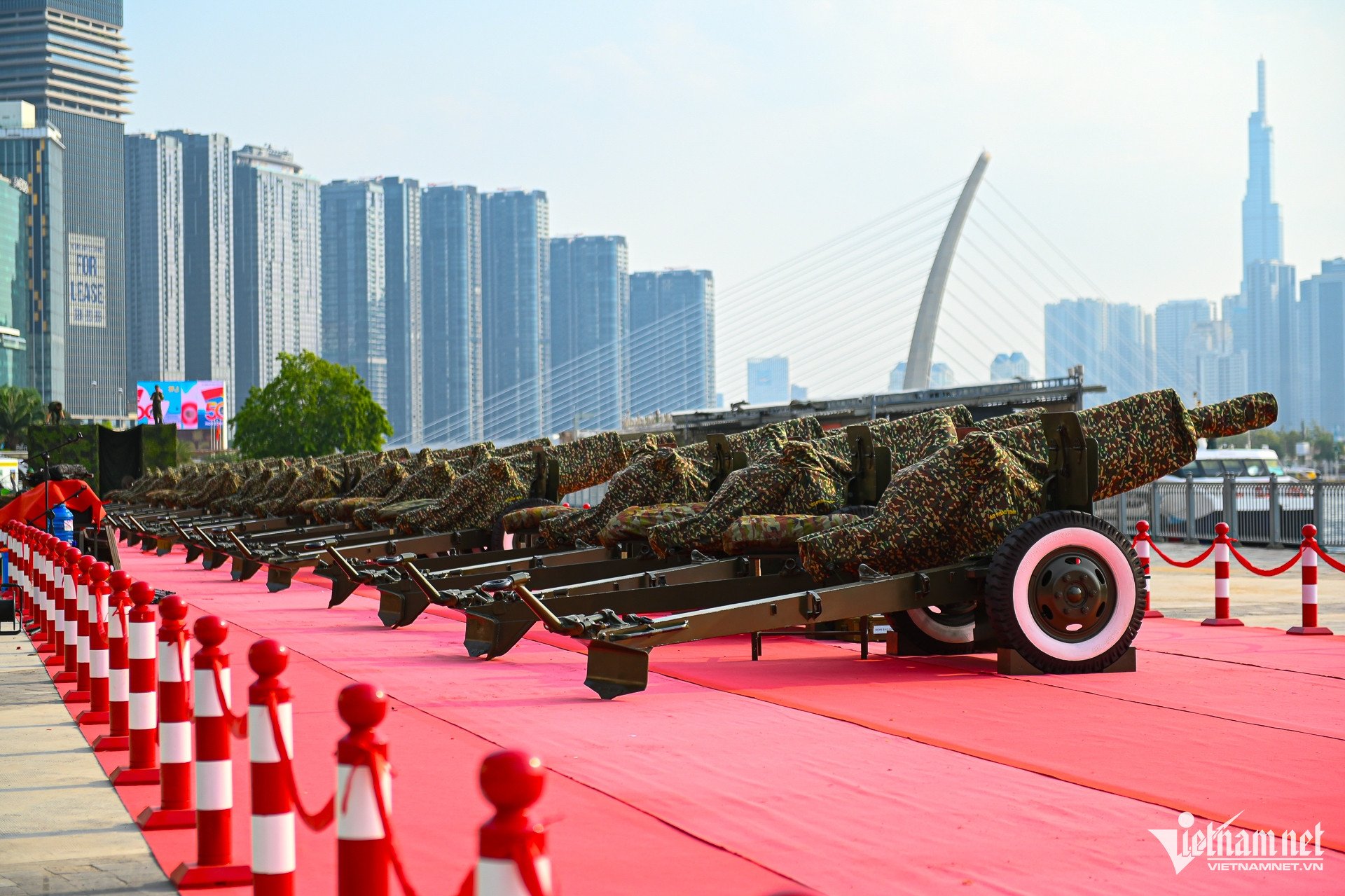
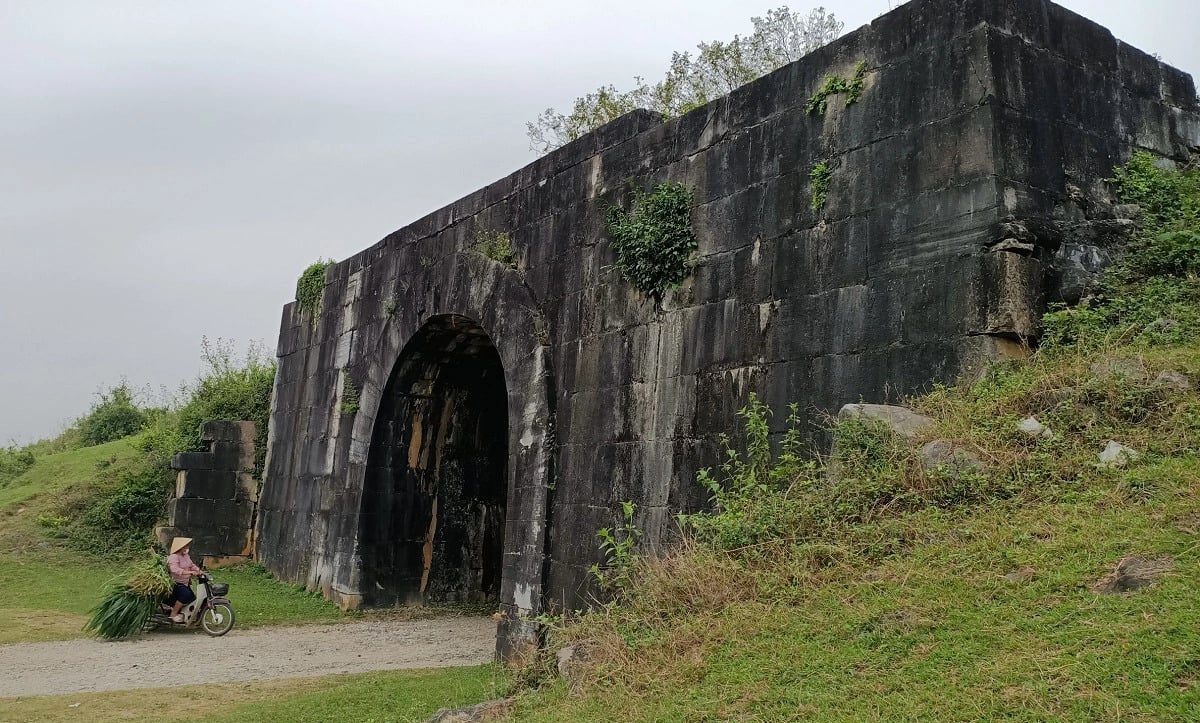

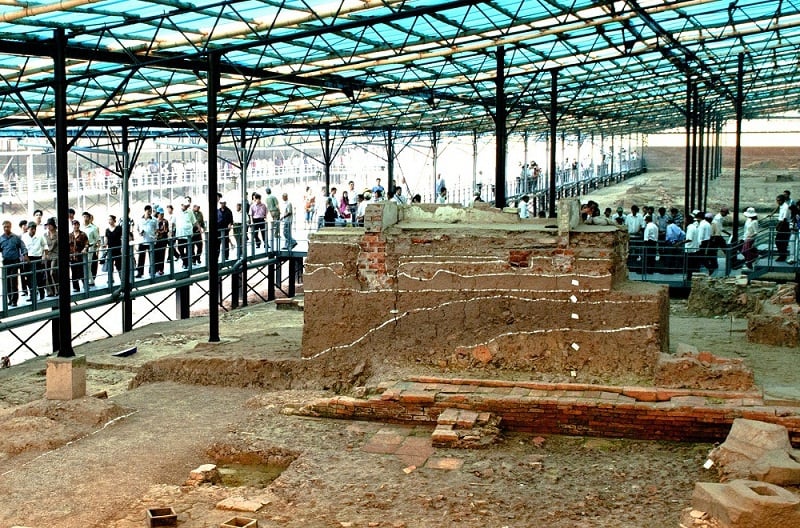

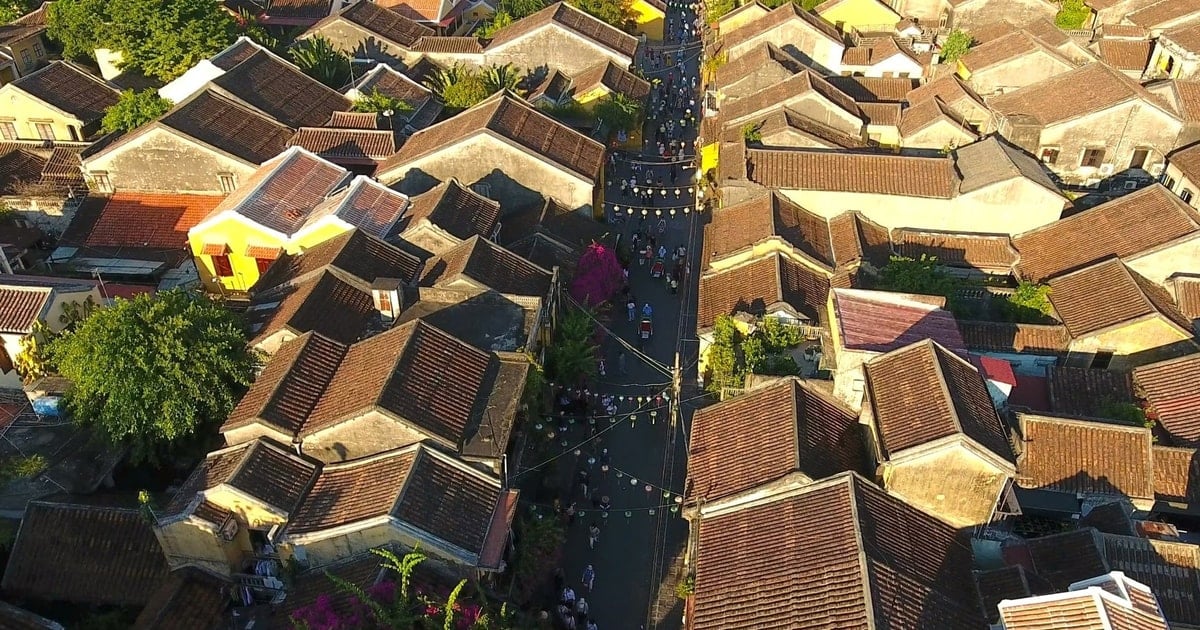
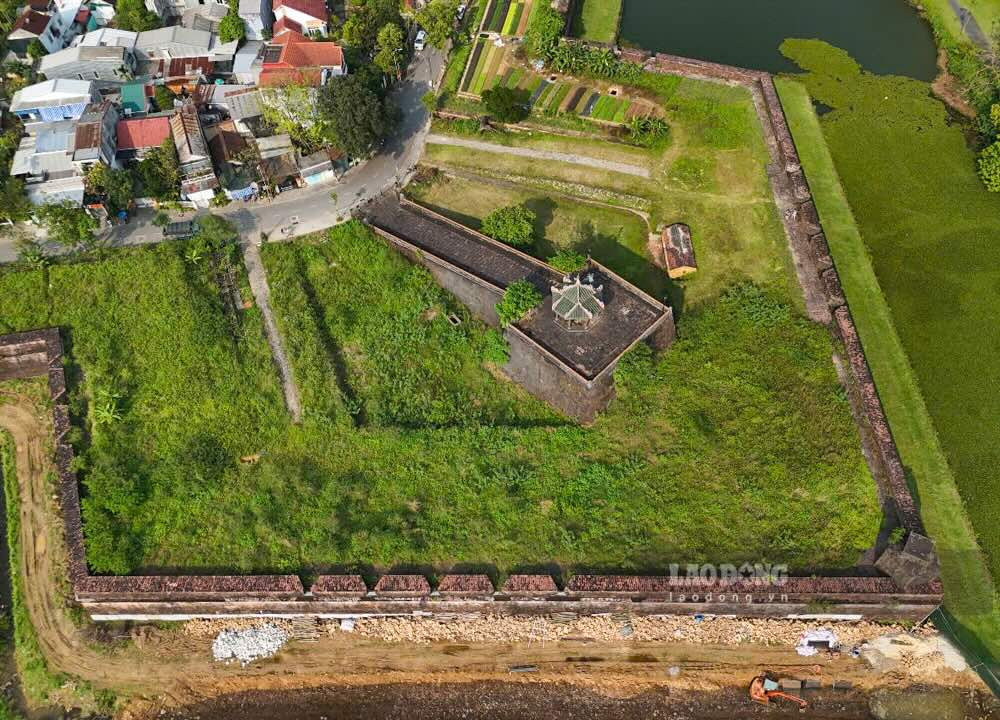

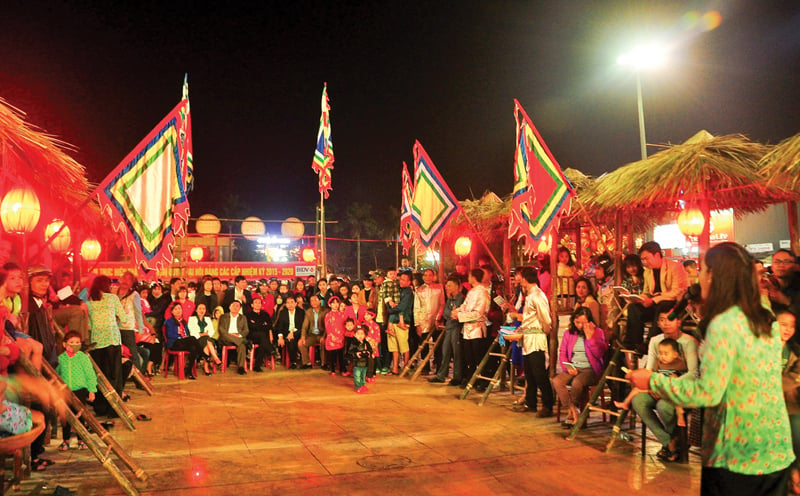

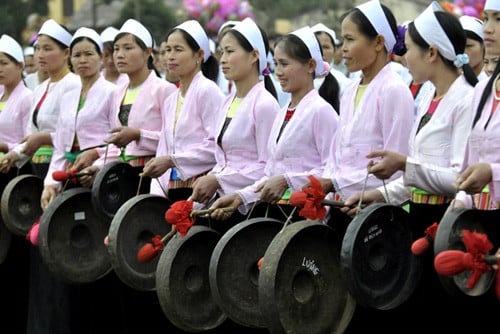



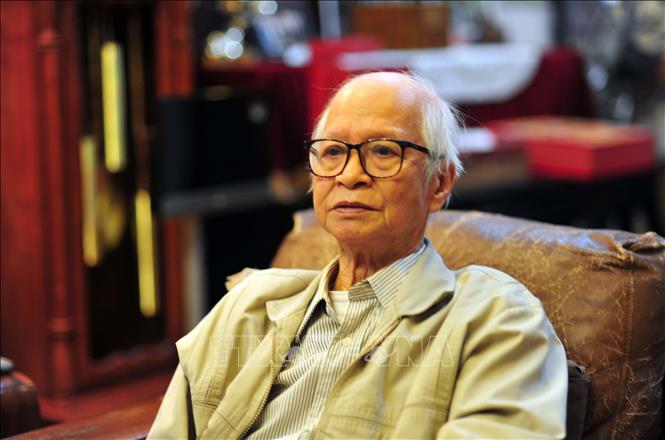

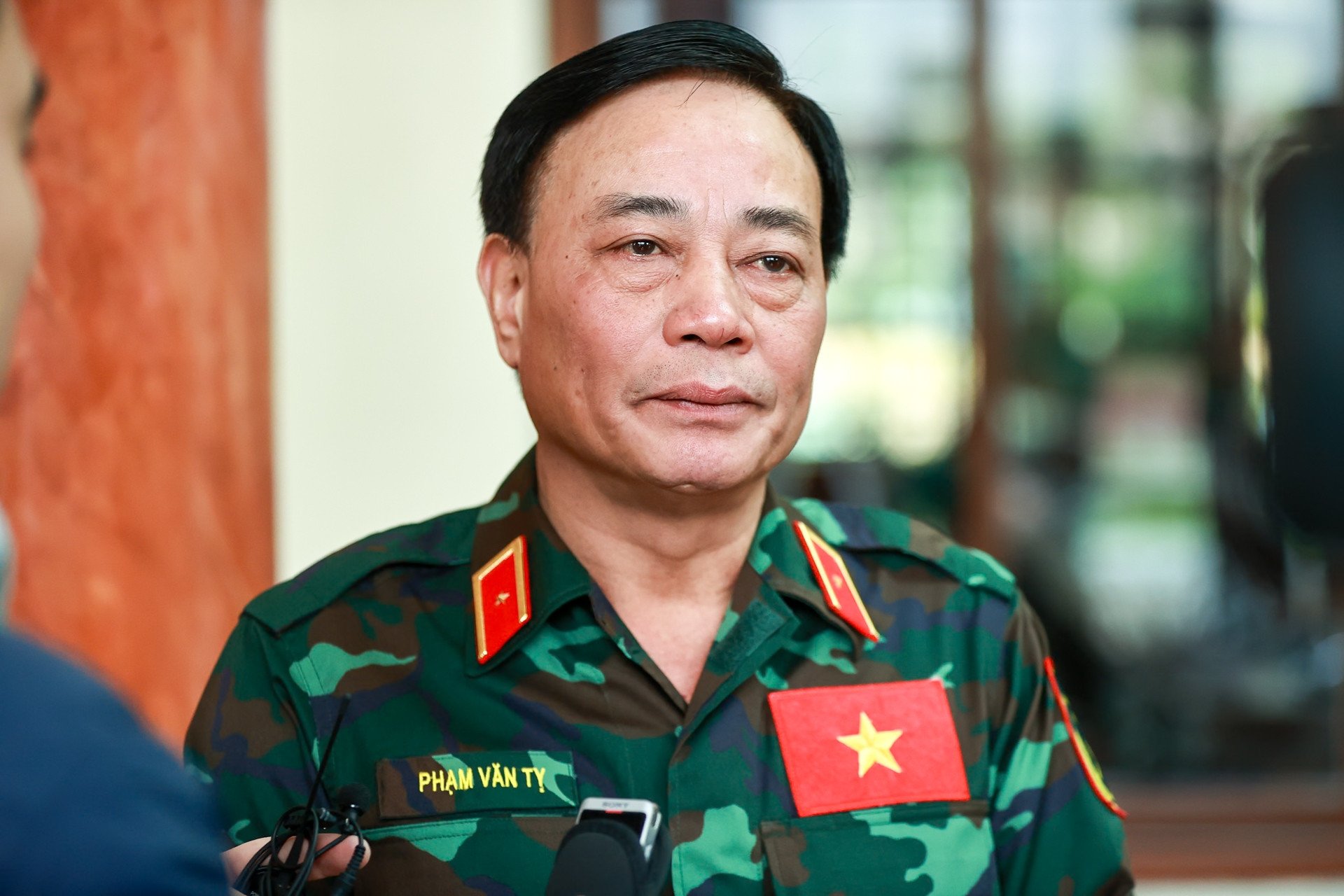




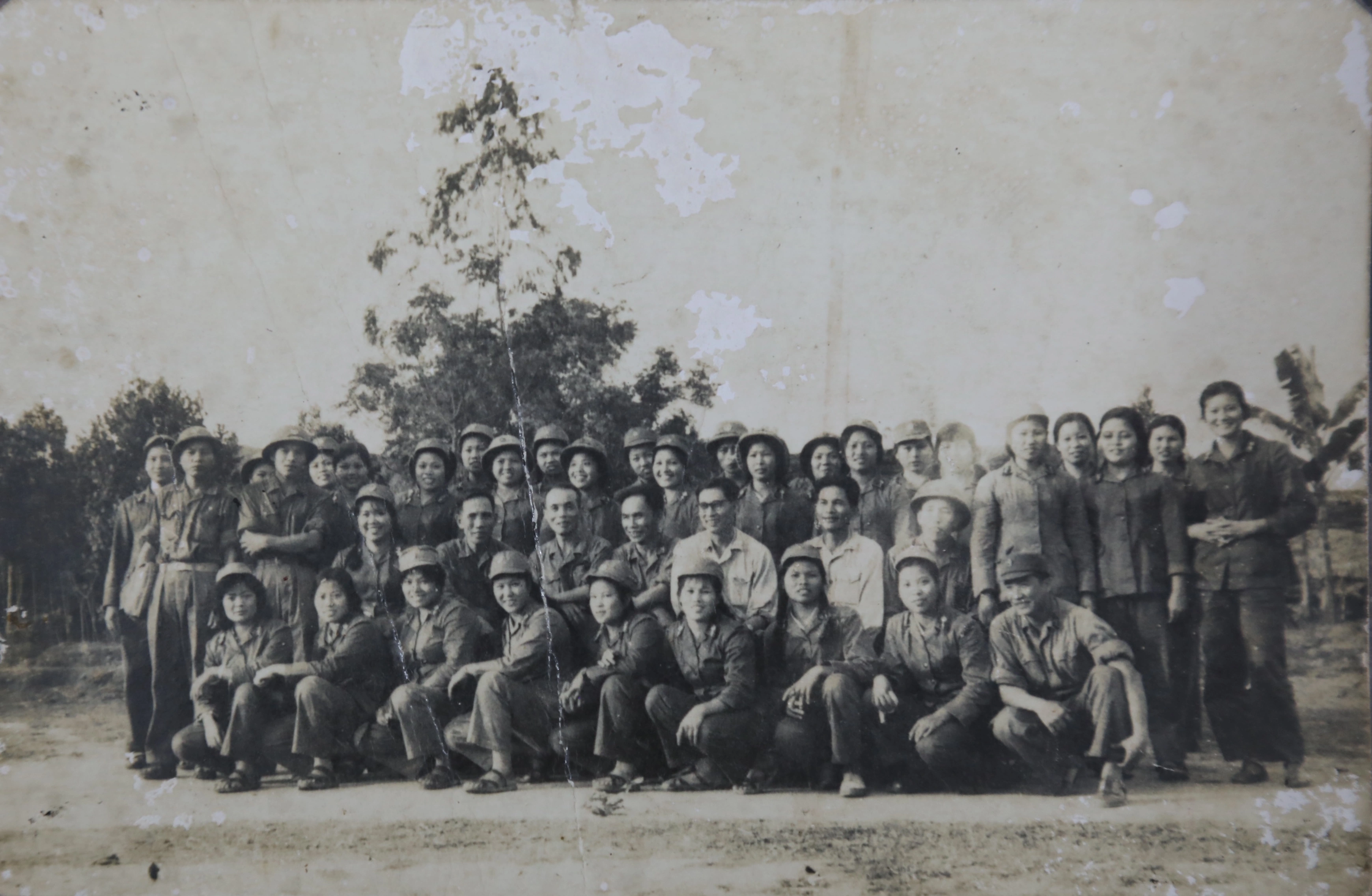















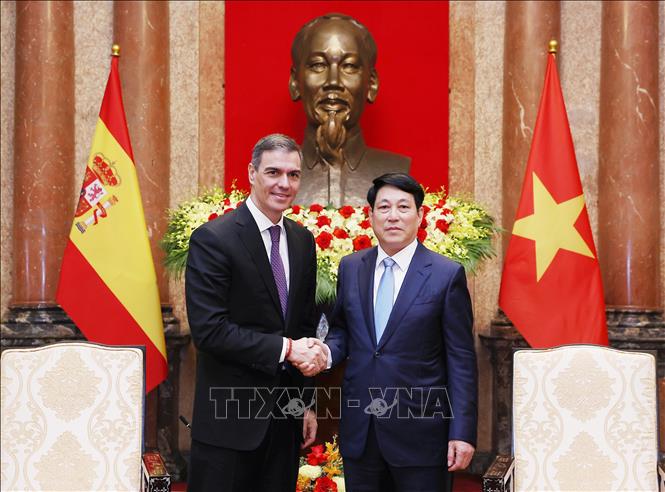









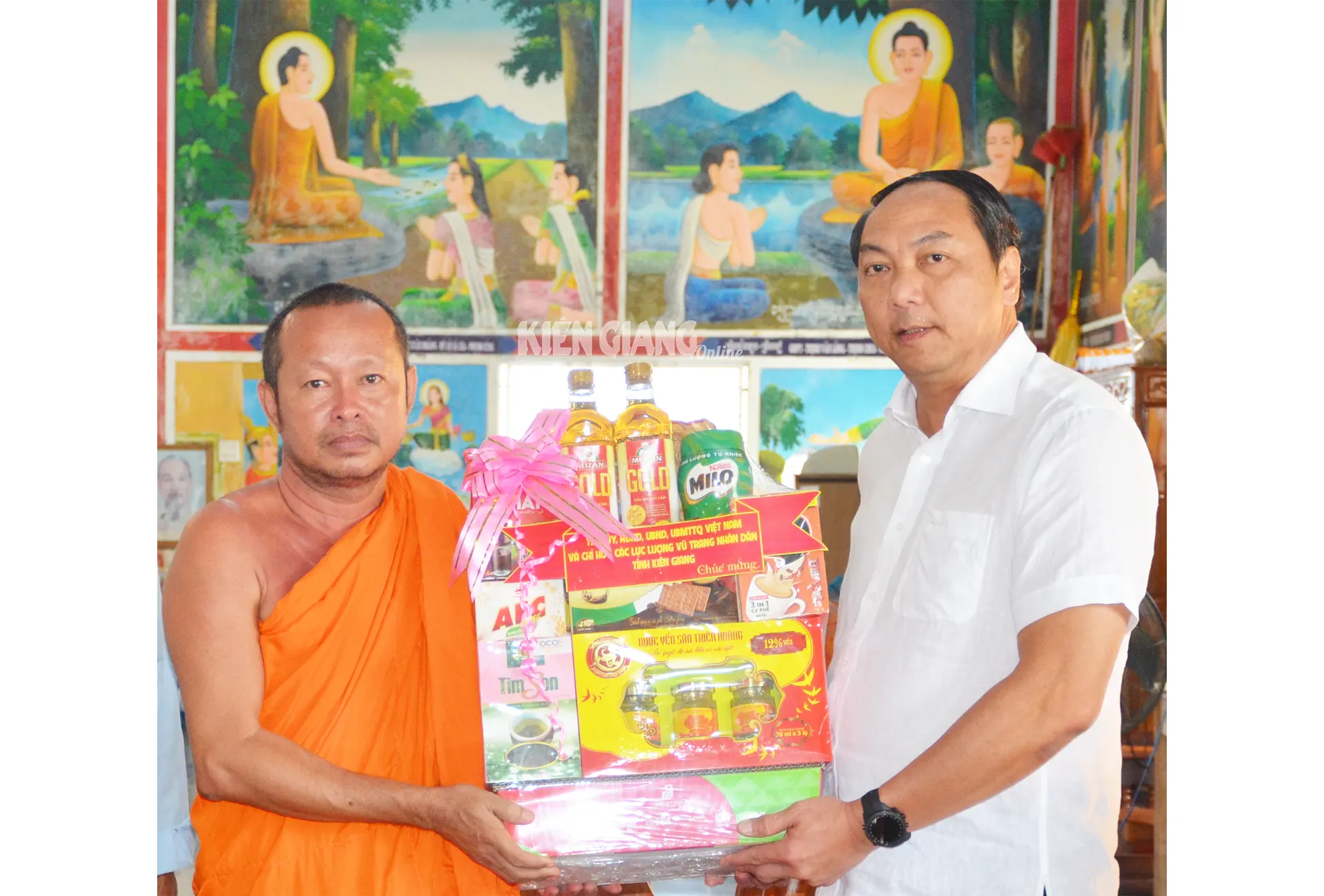


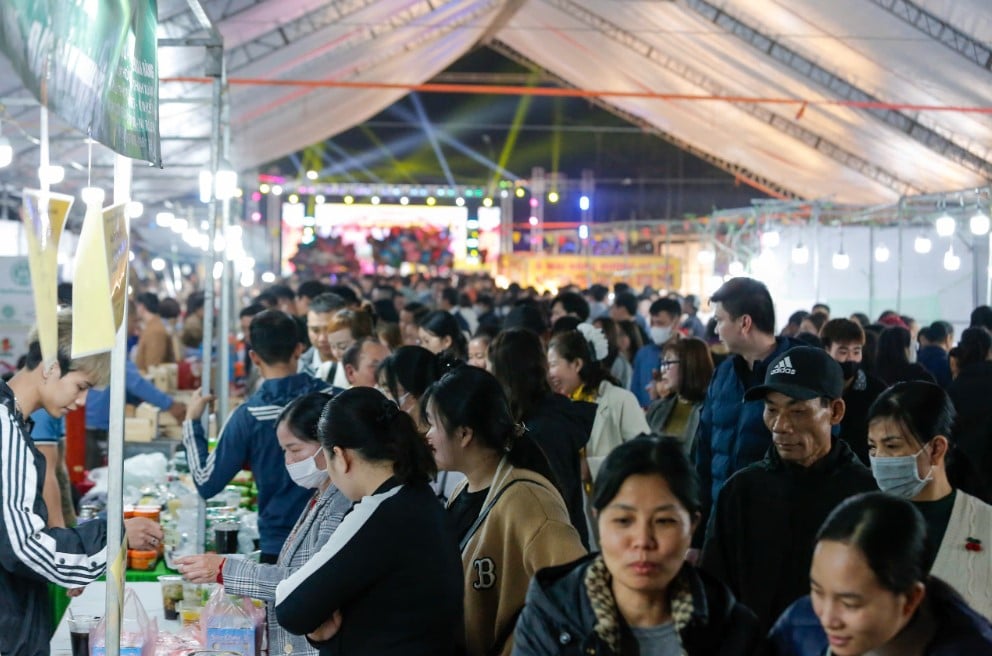



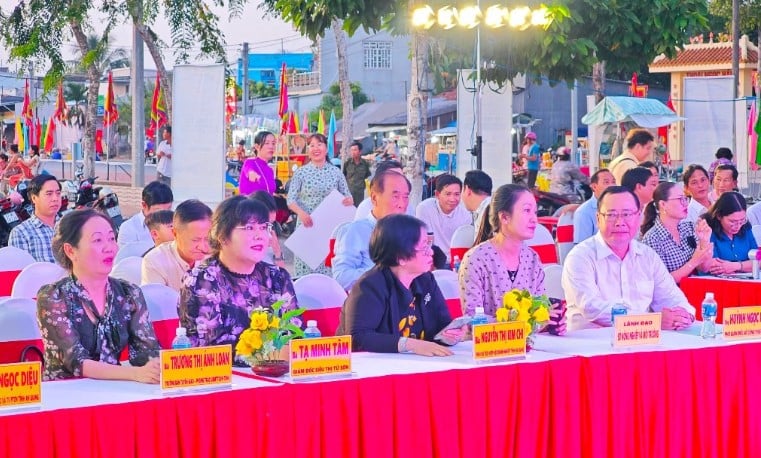



Comment (0)